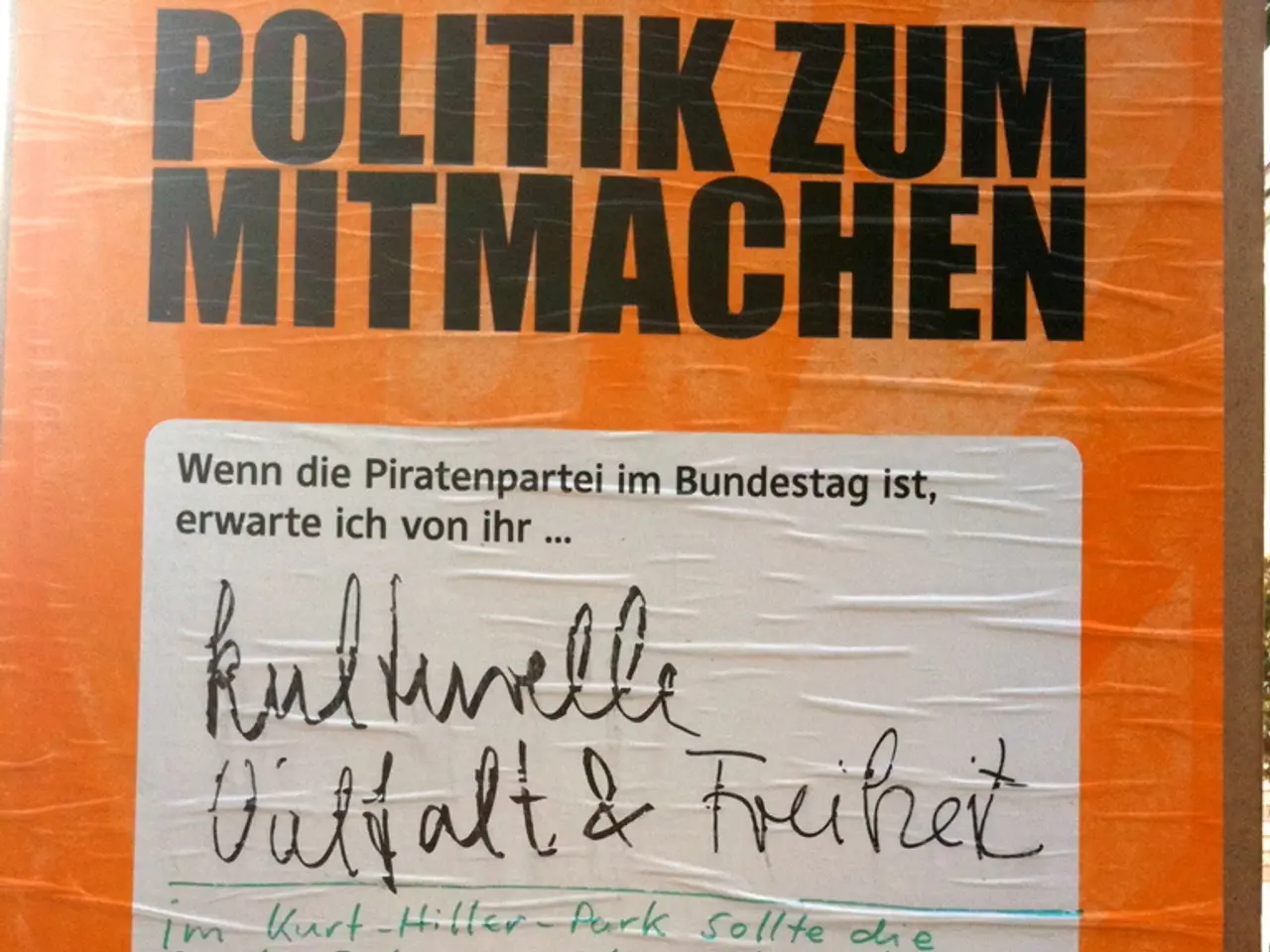Enhanced Design Format for Printed Circuit Boards: A Smart Solution
In the world of Printed Circuit Board (PCB) design and manufacturing, the choice between ODB++ and Gerber formats can significantly impact efficiency, accuracy, and collaboration. Here's a look at why ODB++ is favoured over Gerber in many cases.
ODB++, a file format used in the design and manufacture of PCBs, stands out for its comprehensive data package. Unlike Gerber files, which mainly contain 2D graphical data for copper layers and require additional files for drill and pick-and-place data, ODB++ includes all layers (copper, solder mask, silkscreen), drill data, netlist information, component placements, and assembly details in a single, unified data format. This consolidation reduces the risk of mismatches or omissions between files, helping manufacturers better interpret design intent and lower the chance of fabrication and assembly errors.
ODB++ also offers improved data accuracy and reduced errors. By packaging all related data in one archive, ODB++ reduces the risk of mismatches or omissions between files that can occur with multiple Gerber files. This leads to a more accurate representation of the PCB design, which is crucial for high-quality production.
Streamlined data handling and review are another advantage of ODB++. ODB++ supports integrated viewing and verification of the entire PCB data set in fabrication viewers, allowing designers and manufacturers to visually check layer alignments, drills, and components in one place. This is a significant improvement over Gerber, which requires separate file stacking and manual cross-checking.
ODB++ also supports advanced manufacturing features. Newer versions of ODB++, such as v8.1, include enhanced support for complex PCB types like flex and rigid-flex boards, and can incorporate zones, sublayer types, and intentional shorts (net-ties), facilitating modern manufacturing needs more efficiently than Gerber.
Better collaboration and version control are also benefits of using ODB++. PCB design environments like Altium 365 allow projects stored as ODB++ to be shared and managed more effectively within teams compared to Gerber, with clear preview capabilities and annotations. This makes it easier for team members to review and provide feedback on designs, improving the overall design process.
ODB++ can also reduce file-related rework by up to 70%, improving productivity and reducing errors compared to managing multiple Gerber files and related outputs. This is particularly beneficial for quick-turn manufacturers, who favor production formats like ODB++ that streamline transferring designs to fabrication, as converting Gerbers takes time.
In addition, ODB++ data identifies the features and enables their sizes, shapes, and positions to be adjusted locally or globally to simplify manufacture and ensure good boards. This flexibility is not available with Gerber files, making ODB++ a more versatile choice for PCB design and manufacturing.
In summary, ODB++ provides a richer, more structured, and integrated dataset that simplifies manufacturing handoff, improves accuracy, and supports advanced PCB features better than traditional Gerber formats. This leads to fewer errors, faster turnaround, and smoother collaboration between designers and PCB manufacturers. The open-source IPC-2581 format, to which ODB++ adheres, is also a bonus, as it is free to implement by anyone, with no license required. This makes ODB++ an attractive choice for both designers and manufacturers looking to streamline their PCB design and manufacturing processes.
Technology in data-and-cloud-computing plays a significant role in enhancing the efficiency of PCB design and manufacturing. ODB++, a technology-driven file format used in the industry, offers numerous advantages over traditional Gerber formats, such as a unified data package, reduced errors, and improved collaboration.
ODB++'s single, unified data format contains all layers, drill data, netlist information, component placements, and assembly details, which streamlines data handling and reduces the risk of mismatches or omissions between files. This technology-driven approach leads to a more accurate representation of the PCB design, ultimately resulting in high-quality production.




